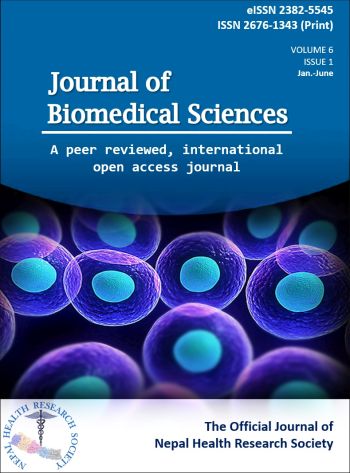相分离的生理学和药理学目标
IF 9
2区 医学
Q1 CELL BIOLOGY
引用次数: 0
摘要
生物学中的液-液相分离(LLPS)描述了蛋白质在满足条件(包括蛋白质成分的浓度和翻译后修饰、水溶液的条件(pH 值、离子强度、压力和温度)以及辅助因子(如 RNA 或其他蛋白质)的存在)的情况下在细胞内形成无膜凝聚体的过程。在这些超分子液滴状包涵体中,分子通过微弱的分子间和/或分子内相互作用结合在一起。在 LLPS 的帮助下,细胞可以通过富集或排除特定因子,在给定的细胞区室中组装功能性亚单位,调节细胞功能,并对环境或生理线索做出快速反应。因此,LLPS 正在成为调节生物学和生理学的重要手段。然而,由于蛋白质成分浓度高于正常水平或出现突变等原因而形成的过度包涵体可能会导致动态液态凝结物转变为更坚硬的凝胶或固态聚集体,从而导致细胞器功能紊乱,继而引发神经退行性疾病等人类疾病。总之,良好控制 LLPS 的形成和去形成对于从单细胞到单个生物体的正常生物学和生理学至关重要,而异常 LLPS 则与人类疾病的病理生理学有关。反过来,针对这些聚集体或其形成是治疗由异常 LLPS 驱动的疾病(包括那些缺乏有效疗法的神经退行性疾病)的一种很有前景的方法。本文章由计算机程序翻译,如有差异,请以英文原文为准。
Physiology and pharmacological targeting of phase separation
Liquid–liquid phase separation (LLPS) in biology describes a process by which proteins form membraneless condensates within a cellular compartment when conditions are met, including the concentration and posttranslational modifications of the protein components, the condition of the aqueous solution (pH, ionic strength, pressure, and temperature), and the existence of assisting factors (such as RNAs or other proteins). In these supramolecular liquid droplet-like inclusion bodies, molecules are held together through weak intermolecular and/or intramolecular interactions. With the aid of LLPS, cells can assemble functional sub-units within a given cellular compartment by enriching or excluding specific factors, modulating cellular function, and rapidly responding to environmental or physiological cues. Hence, LLPS is emerging as an important means to regulate biology and physiology. Yet, excessive inclusion body formation by, for instance, higher-than-normal concentrations or mutant forms of the protein components could result in the conversion from dynamic liquid condensates into more rigid gel- or solid-like aggregates, leading to the disruption of the organelle’s function followed by the development of human disorders like neurodegenerative diseases. In summary, well-controlled formation and de-formation of LLPS is critical for normal biology and physiology from single cells to individual organisms, whereas abnormal LLPS is involved in the pathophysiology of human diseases. In turn, targeting these aggregates or their formation represents a promising approach in treating diseases driven by abnormal LLPS including those neurodegenerative diseases that lack effective therapies.
求助全文
通过发布文献求助,成功后即可免费获取论文全文。
去求助
来源期刊

Journal of Biomedical Science
医学-医学:研究与实验
CiteScore
18.50
自引率
0.90%
发文量
95
审稿时长
1 months
期刊介绍:
The Journal of Biomedical Science is an open access, peer-reviewed journal that focuses on fundamental and molecular aspects of basic medical sciences. It emphasizes molecular studies of biomedical problems and mechanisms. The National Science and Technology Council (NSTC), Taiwan supports the journal and covers the publication costs for accepted articles. The journal aims to provide an international platform for interdisciplinary discussions and contribute to the advancement of medicine. It benefits both readers and authors by accelerating the dissemination of research information and providing maximum access to scholarly communication. All articles published in the Journal of Biomedical Science are included in various databases such as Biological Abstracts, BIOSIS, CABI, CAS, Citebase, Current contents, DOAJ, Embase, EmBiology, and Global Health, among others.
 求助内容:
求助内容: 应助结果提醒方式:
应助结果提醒方式:


